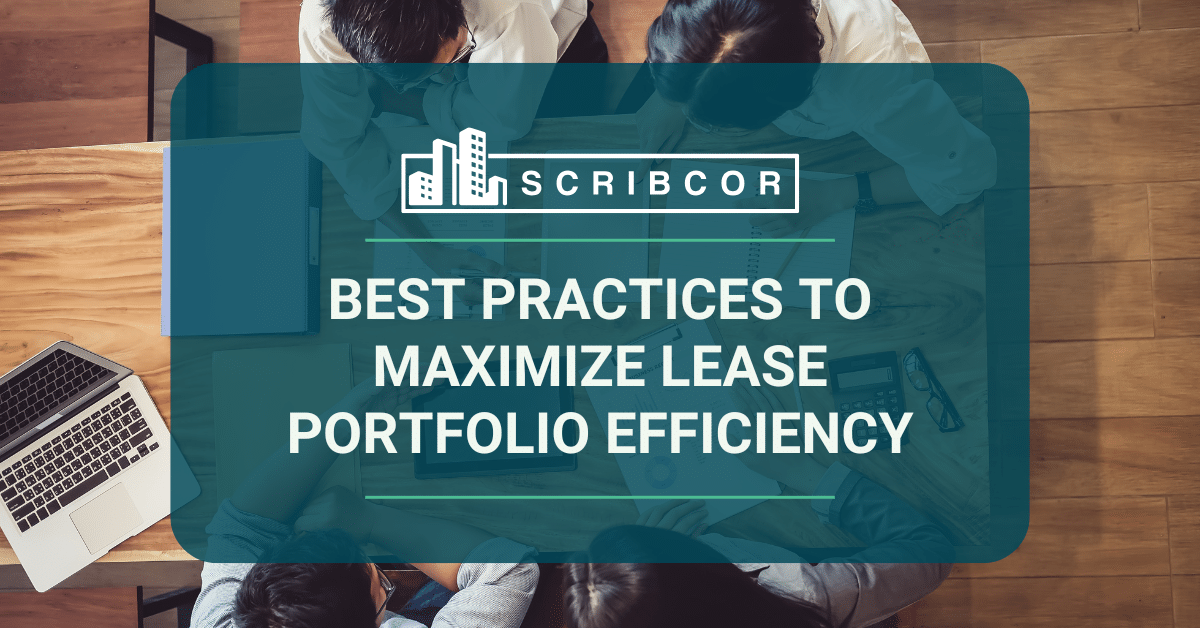Managing multiple commercial leases can be a complex and time-consuming task—even for the savviest organizations. From ensuring compliance with lease terms to tracking critical dates, the administration process demands careful attention to detail. But when done correctly, effective lease administration offers businesses more than just operational efficiency; it drives cost savings, strategic decision-making, and peace of mind.
This guide explores the fundamentals and best practices of commercial lease administration, offering actionable insights for organizations managing extensive lease portfolios.
Key Components of Effective Lease Administration
To build a strong foundation for managing commercial leases, focus on these critical components of successful lease administration processes:
1. Accurate Lease Abstraction
The complexity of lease agreements can vary significantly, and deciphering each lease term is crucial. Lease abstraction simplifies this process by summarizing key details such as term lengths, termination clauses, rent escalation schedules, and renewal options.
Professionally abstracted leases save time while reducing the risk of misinterpretation or missed obligations.
2. Lease Tracking Technology
Tracking critical dates, payments, and compliance requirements manually is prone to errors. Incorporating reliable lease administration software enables automated reminders, real-time updates, and portfolio snapshots, ensuring nothing falls through the cracks.
3. Compliance Management
Lease agreements often involve intricate compliance requirements, such as adherence to payment structures, operating cost provisions, or audit rights. Lease compliance management ensures businesses meet their obligations while holding landlords accountable to theirs.
4. Data-Driven Decision Making
With structured lease data, businesses can uncover insights into portfolio performance. Whether reducing overhead or strategically consolidating locations, the data collected during lease administration is pivotal for informed real estate decision-making.
Best Practices for Commercial Lease Management
To ensure your lease administration processes are optimized for scalability and efficiency, consider implementing the following best practices:
1. Centralize Lease Data
Fragmented lease records make it difficult to maintain consistency across an entire portfolio. Consolidate all documents, summaries, and metrics into a centralized system to allow quick access and seamless management.
2. Standardize Processes Across Teams
From lease abstraction to compliance monitoring, standardization is key to ensuring every lease is managed consistently. Develop clear workflows and documentation so your teams can align on best practices.
3. Use Dedicated Lease Administration Services
For companies with vast portfolios, outsourcing lease administration can reduce operational burdens while increasing accuracy. Experts in lease administration services provide white-glove management, allowing organizations to focus on high-level strategy instead of operational minutiae.
4. Proactively Audit Leases
Spotting discrepancies in rent schedules or operating expense charges can uncover valuable cost savings. Build regular lease audits into your administration calendar to ensure accuracy and avoid overpaying.
5. Stay Ahead of Critical Dates
Track important due dates like renewal options, rent escalations, and termination clauses using modern commercial lease tracking tools. Missing these dates can lead to unintended consequences like higher rent rates or lapsing agreements.
Leveraging Technology in Commercial Lease Administration
Modern businesses recognize the importance of leveraging technology to maximize efficiency. Innovative lease management technologies enable teams to simplify processes, reduce errors, and optimize decision-making.
Features to Look for in Lease Administration Software
When selecting a system for your portfolio, ensure it includes features such as:
- Automated Alerts for Critical Dates – Reminders for key deadlines like renewals or payment due dates.
- Portfolio Dashboards – Data visualization for better insights into lease performance.
- Integration Capability – Seamless compatibility with accounting or ERP systems.
- Customizable Reports – Tailor lease reporting to suit different stakeholders and business goals.
Exploring advanced lease administration software ensures your lease tracking, compliance monitoring, and cost management remain efficient and scalable. Download the “Lease Administration Best Practices Checklist” today.
Scribcor’s Approach to Lease Administration
At Scribcor, we specialize in professional, customized lease administration solutions designed to reduce operating costs and support strategic initiatives. Our expertise spans:
- Comprehensive Lease Oversight
Monitor payments, deadlines, and compliance standards across multiple leases with accuracy.
- Robust Data Management
Our centralized lease tracking system ensures secure, organized recordkeeping that enables strategic analysis.
- Scalable Services
Built for growth, our services adapt to your expanding portfolio and evolving needs.
By partnering with Scribcor, corporations gain access to white-glove service and a team of dedicated professionals ready to optimize lease performance.
Schedule a Lease Administration Assessment Today.
Want to learn more? Subscribe to Lease Administration Updates.


